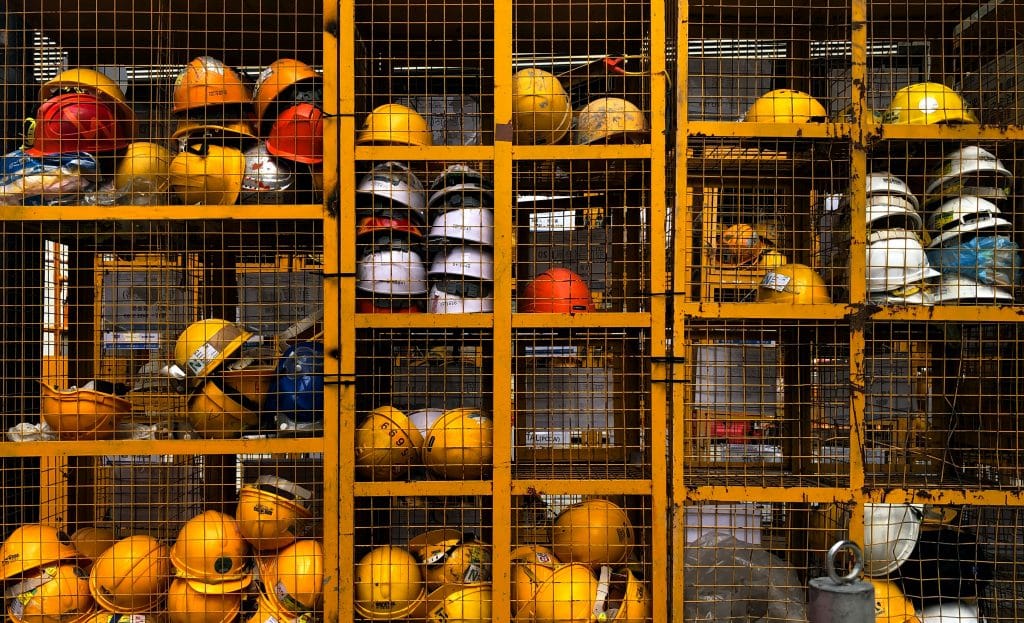What can we learn from research on ‘safety critical’ workplaces?
Did you know what ‘PPE’ meant before March 2020? If you did, it was probably because you needed personal protective equipment to work in one of the existing ‘safety critical’ workplaces: somewhere where serious harm or death could result with no protection in place. Now, in a pandemic, we face a situation where every business – wherever it is based and whatever it does – has become ‘safety critical’. Preventing the spread of COVID-19 will require the use of PPE, physical distancing and more.
What the research says
Fortunately, there is a large body of research on how to foster a safety climate in the workplace. Construction, oil / gas extraction and nuclear power generation are all areas where ignoring safety procedures could have catastrophic consequences. We can learn from how they prioritise safety.
Professor Kevin Daniels, of Norwich Business School (University of East Anglia), has carried out research in the field of occupational safety and wellbeing for decades. He believes that we can help businesses to embrace safety culture and implement protections well, based on past research.
When people invest money in the products and changes that will make workers and customers safe, Kevin says they should also invest time in setting expectations of how the new normal will be implemented. Relying on common sense with new equipment and in new situations is not enough.
Sometimes people act to keep themselves and others safe. Yet we know that this is not always the case. Some people cut corners or are not aware of risks. Others are pressured into unsafe practices by colleagues or managers. Safety is everyone’s responsibility under the 1974 Health and Safety at Work Act, so finding ways to ensure that colleagues do not put each other at risk is a legal requirement.
5 Tips for Employers to Promote Safe Working
Kevin shares five practical activities that promote safe new ways of working:
- Develop an action plan. The action plan should be clear about what needs to be done, when, who is responsible, what resources they will be working with and who will check to see that the actions are being carried out properly. Vague good intentions are not enough.
- Make safety a standard item in team meetings and keep talking about it. Encourage workers to discuss safety issues and how they could be tackled, so that everyone knows that safety is taken seriously, and concerns will be addressed. Discuss potential adaptations often and encourage workers to offer new ideas. This shows that safety is an on-going activity that continually requires thought and improvement.
- Make sure senior managers role-model good behaviour. By following the rules they set down for others, they signal the importance of those rules and reinforce that the rules apply to all.
- Encourage workers to politely, but confidently, challenge unsafe behaviour. Workers may need training or guidance on how to do this, and will need to be backed up by managers.
- Hold no blame discussions when safety measures break down. Managers need to know why issues arose and only no blame, learning-focussed discussions will support this type of disclosure. Realise that the fault may be with the way people are being asked to work, and the other pressures on them, rather than neglect.
Safety in the Workplace: A win-win for all
Following these tips will help businesses comply with their legal duty of care, but can also lead to a better working culture overall. Employees who feel supported, valued and empowered to act experience greater employee wellbeing, perform better and approach problems more creatively. So learning to keep workers safe can also help businesses thrive – a win-win for all.



